|
Students in Mrs. Barrera's kindergarten class read books by illustrator Todd Parr and observed his style of art making. Then the students mixed secondary colors to paint paper. Finally, the student used their painted paper and the collage process to create their own self-portraits in the Todd Parr style. Self-portrait lesson plans here.
0 Comments
This STEAM unit engaged students in designing and creating cities in both 2-D works of art and 3-D models. Collaborative groups of fifth graders applied what they knew about area to create nets and calculate volume when transferring a city plan to a 3-D model. (Teacher Rachael Brakeman at Lafayette School) Oil pastels and metallic paint were used in creating the city scapes.
Students from across the county enjoyed the stunning and daring talents of this visiting troupe of acrobats from China. Center Arts hosted the event at the Arkley Center. The North Coast Arts Integration Project funded the trip for classes from Hoopa Elementary, Alice Birney Elementary, Washington Elementary and Lafayette Elementary. The children were truly enthralled! 2nd Graders waiting for the show to begin. Reflecting on the show, 3rd graders from Lafayette said...
This guy who could change his mask was so cool because nobody knew how he did it, not me, not anyone. The people who were throwing the hats were in frog costumes and one of them dropped some hats, but what all of them had in common was that they all had a specialty and they all had fun. I liked the lotus flower because her acrobatics were so beautiful. The one that surprised me was the glowing yo-yo because they were juggling with the strings and threw them way in the air and caught them. It surprised me that the yo-yos didn't fall. They have to work so hard together. Epic! I never saw that before! How did they do that flexibility with their bodies? I can't bend my feet over myself. It takes a lot of practice. It's different than watching it on TV because it's actually happening and we saw it in real life. Third grade students in Ms. Yinger's room are exploring identity and getting to know each other by creating expressive nonrepresentational art. They worked with a variety of lines, shapes and colors using crayon resist and watercolor.
Mrs. McGinty's first graders used oil pastels for shading their still life watercolors. Students explored overlap to create depth when they drew their background behind their plate of apples.
Students in Mrs. Pelren's 2nd grade class used fraction skills, writing and painting in this watercolor project. By folding the watercolor paper into 1/2, 1/4, 1/8 and then 1/16ths, they created a grid for the letters in their name. During the painting, students were amazed at how the crayon resisted the watercolor paint. Concepts of color value and complementary colors were also addressed.
Students in Mr. Hineline's class at Grant Elementary are demonstrating their understanding of place value using a visual art style similar to Kandinsky's 1926 painting called "Several Circles". The smallest circles are currently defined as 1's while the ones that are approximately 10 times that area are 10's and finally the largest are 100's. This can change as the class studies decimals. The artwork below shows 432. See if you can figure out the remaining artworks numerical values.
Students in Ms. Gibson's 3rd grade class at Lafayette are learning what proportions are as they study fractions and facial features. These explorations can become a foundation for further studies into self portraits.
Students are learning to line up as they navigate the beginning of the school year. In Mrs. Linde's class at Lafayette, they are also learning how to draw different lines to navigate their creative expression throughout the year.
"During the first weeks of school I enjoy starting with the elements of art. This allows for a basic understanding that will lead to deeper conversations later in the year when we truly integrate art into our core subject matter. I choose to start with line, because my personal opinion is that within art, line is the first building block in which the other elements stack upon. It may be a painting, a drawing, a sculpture, architecture, photograph -- really anything, and we can fall back and discuss the element of line." |
Categories |
|
|
- Home
-
Resources
- Reading Art Across the Curriculum
- Image Bank
- Posters
- Videos
- Making Thinking Visible
- Artful Thinking Routines
- RAP: Rap And Poetry in the Classroom
- Art Card Resources
- Social Emotional Learning & the Arts
- Integrated Lesson Design
- Art Vocabulary
- Forms/ handouts
- Community Mural
- Field Trip Study Guides
- Research Findings 2014-18
- Artists >
- Music >
-
Presentations
- CES '23
-
2021-22 Presentations
>
- Redwood After School Network 2
- April 30 ACI's last training
- Mississippi Arts Commission workshop 2
- Humboldt-SED 210/410 3/21/22
- 2022 Creative Education Symposium
- NAEA-NYC March 3
- Redwood After-School Network 1
- HSU Ballinger Feb 2
- ACI Jan 29
- HSU Ballinger Jan 27 EED 728B
- CCESEA Responding to Music-Jan 19
- Mississippi Arts Commission workshop 1
- NorCal SEL COP Closure 11/2/21
- Cutten/Ridgewood Art + SEL Introduction 11/1/21
- CEEMS 10/28
- CMCFN Math Modeling 10/16/21
- HSU EED728 Sep 23, 2021
- ACI Sept 2021 Training
- ACI Summer Institute 2021
-
2020-21 Presentations
>
- May ACI Training
- Nor Cal SEL CoP 5/11/21
- Creative Education Symposium 4-3-21
- March ACI Training
- HSU Bernie Levy class 2/15/21
- HSU Ballinger 2/12/21
- HSU Ballinger 2/10/21
- Mindfulness NorCal CoP 2/9/21
- Making Thinking Visible Course
- January Training
- ACI October Follow-Up
- HSU Ballinger 9/19/20
- ACI Summer Institute 2020
-
2019-20 Presentations
>
- 2020 Creative Education Symposium
- LSEE Ballinger- HSU
- HSU-Libbi Miller's SED 210/410 class
- Arts Support ELA
- Arts Support Students of Trauma
- EL Collaborative #4
- HEMLT
- 2020 ACI Mid Year Training
- EL Collaborative #3
- Collaborative Art/Design Process STEAM 2019
- Visual Storytelling HCOE
- Art Cards CAEA
- CAEA Rural Arts Nov 16, 20191
- HSU-Anne Hartline Oct 7, 2019
- Create Humboldt Summer Institute 2019
- 2019 ACI Summer Institute
- 2018-19 Presentations >
- 2017-18 Presentations >
- 2016-17 Presentations >
- 2015-16 Presentations >
-
2014-15 Presentations
>
-
Lessons
- Mixed
- #CreateAtHome
- Outdoor Art Lessons
- Teacher-created lessons
- Art Medium Lessons
- Elements of Visual Art
- Collaborative Art
- Drawn Together
- Abstracted Memory
- Visualizing Music
- Symbolic Portraits >
- Adobe Spark Video
- Autumn Adaptations Pop Up
- Triangle Collaborative Exploration
- Place Value Art
- Factor spirals
- Loop De Loops (recursive art)
- Decimal/ fraction circle art
- Animated GIF vocabulary
- Amanda Gorman
- Family Stories
- Array Cities
- Art and Angles Pop Up
- Salmon Life Cycle
- Sky Tree
- K-8 Self Portrait Project
- Shadow Puppets
- Verb + Adverb
- Big Letter Postcard
- Masks >
- Rhythm and Combinatorics
- Scientific Illustration
- Technology-tablet resources >
- What's going on in this graph?
- Invasive species watercolor lesson
- Rhythm activities
- Shading and Drawing
-
Galleries
- Pandemic Photojournalism Entries
- Del Norte County >
- Lake County >
-
Humboldt County
>
- Bennett-Gr. 3
- Code-Grade 4
- Conzelmann-Grade 4
- Cook-Grade 6
- Garrison-Grade 5
- Horvath-Grade 4
- Hubner-Grade 2
- Huneke-Grade 4
- Ibbitson-Grade 4
- Klein-Grade 3
- Knox-Grade 3
- Lehner-Gr 6
- Nyberg-Austrus Gr 5/6
- Paul-Gr 5
- Pelafigue
- Pierce-Gr 3
- Pimentel-Gr 3
- Sligh-Grade 3
- Watson-Grade 3
- Wheeler-Grade 4
- Willits-Grade 3
- Mendocino County >
- Blog











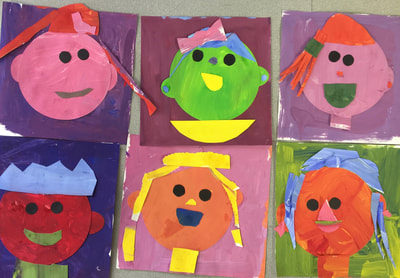





















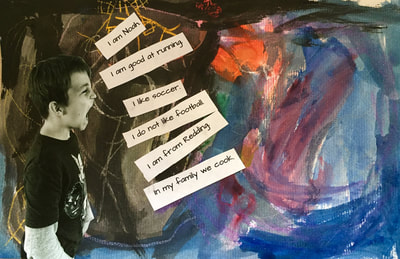






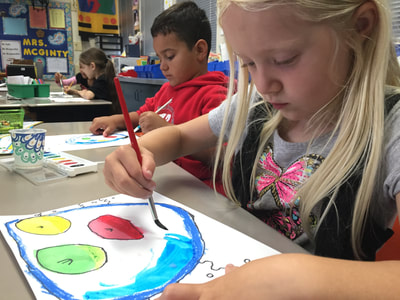
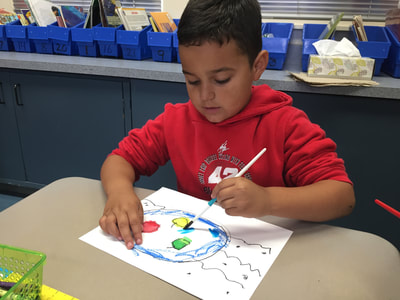



























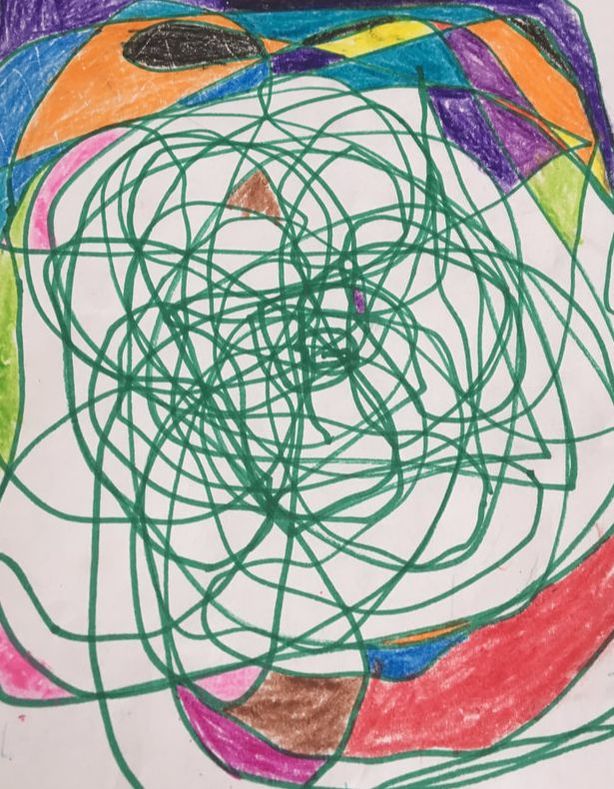
 RSS Feed
RSS Feed